 "QUANTUM SHOT" #343
"QUANTUM SHOT" #343link

The Weather Channel® Series Exclusive:
The power of nature and its incredible impact on modern history.
The Weather Channel® new series "When Weather Changed History" will uncover significant and exciting moments when weather intertwined with the forces of human nature to change the course of history. It will air on Sunday, January 6, 2008 at 9PM EST.
The series, which is made up of one-hour suspenseful dramas, delivers compelling content, scientific facts, action video and emotional stories of mankind’s heroism - all in an effort to illustrate the effects of weather on well-known recent history events... pretty fascinating stuff!
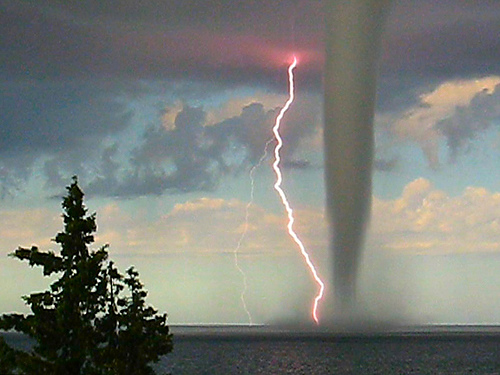
(image courtesy: malden_dj)
Was the weather just too cold on the morning of the space shuttle Challenger’s launch to support a successful mission? Did a dust storm actually devastate a military operation and ultimately help shape a presidency?
Exclusively for readers of Dark Roasted Blend The Weather Channel® presents the run-down of the episodes with incredible info inside each!
* Rescue from the South Pole – Airing 2/10/2008
Feb. 1999: Dr. Jerri Nielsen, 46, is living her dream as the sole physician to 41 staff members at an isolated South Pole research station. Dr. Nielsen discovers a lump in one of her breasts, which by June, has grown to the size of a golf ball. Pilot Maj. George McAllister and members of the 109th Air National Guard fly one of the earliest recorded flights to the South Pole, making a daring rescue in intense Antarctic conditions and zero visibility.
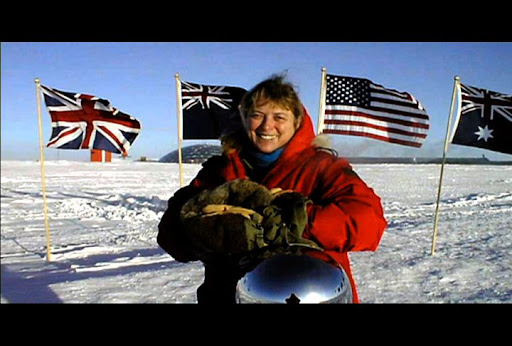
* Battle of the Bulge – Airing 1/13/2008
Dec. 1944 – Jan. 1945: In the largest, bloodiest land battle ever fought by American soldiers, more than 1.1 million American, British and German men take part and nearly 20,000 are killed. In mid-December, the American army is low on supplies when the well-equipped German army releases a surprise, brutal attack on the Americans. As desperate Nazi troops use the cover of severe winter weather to counterattack Allied forces, weather conditions also hinder American attacks. Then a fortuitous break in the weather finally enables them to defeat the Germans and destroy the Third Reich, impacting the outcome of World War II.
* Challenger – Airing 1/6/2008
Jan. 28, 1986: The space shuttle Challenger and seven crewmembers prepare for its tenth flight into orbit. Despite colder than average temperatures, the mission is given the go ahead. Seventy-three seconds after take off, the shuttle suddenly explodes – to the shock of all those watching below – killing all seven crewmembers. NASA and an independent investigative commission determine that a combination of events, some triggered by the cold weather on launch day, caused the failure of the O rings on the shuttle. (Premiere episode: Sunday, Jan. 6, 9 p.m. ET)
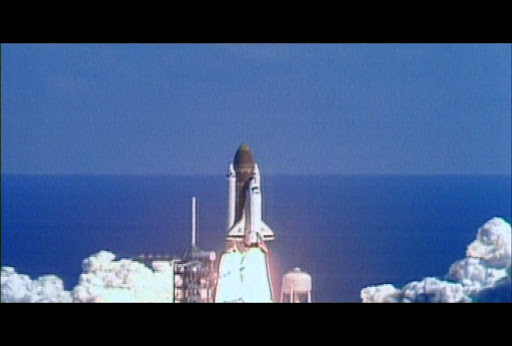

* Race to Nome – Airing 3/16/2008
Jan. 1925: A diphtheria epidemic threatens the region near Nome, Alaska, and the only hope is lifesaving medicine hundreds of miles away. In the middle of winter, the 700-mile dog sled trip is the only option available. At a time when it normally takes a musher 15-20 days to make the trip over the old Iditarod Trail while dogs and drivers encounter blizzards and 50-below-zero cold, this trip brings the serum to Nome in a record five days and seven hours. The modern-day dog sled race, the Iditarod, commemorates those dog teams and drivers.
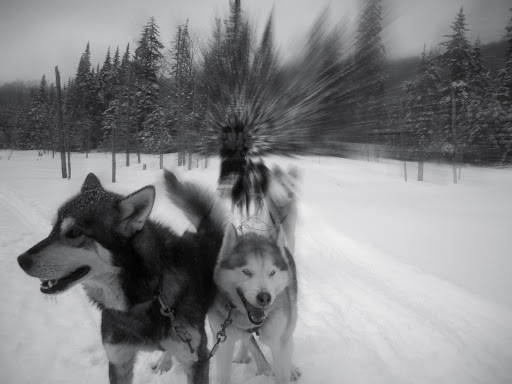
* The Great Mississippi Flood of 1927 - Airing 3/2/2008
Spring 1927: Perhaps America’s greatest natural disaster deeply changes race relations, government and society in the Mississippi River Valley. A flood of more than 30 feet of water stands over land inhabited by nearly one million people. Almost 300,000 African-Americans are forced to live in refugee camps for months. The changes produced by the flood in the lower South ultimately foreshadow federal government intervention in the region's social and economic life. Today, many draw parallels between Hurricane Katrina and the 1927 flood.
* Dunkirk Evacuation – Airing 2/17/2008
May 26, 1940: The course of World War II is at stake as the British army attempts to evacuate hundreds of thousands of Allied troops from the beaches of Dunkirk, France, despite severe weather. Estimates are that only about 10 percent of the troops can successfully evacuate because smaller boats are needed. Thousands of British citizens with small civilian boats volunteer to help in the effort, and in nine days, more than three hundred thousand French and British soldiers are rescued.

(image credit: Avi Abrams)
* Coast Guard Rescue – Airing 2/24/2008
Feb. 11, 1983: Just off the Virginia coast, the Marine Electric ship journeys to Massachusetts with 27,000 tons of coal. As a blizzard sweeps offshore, gale-force winds capsize the coal ship, leaving only a few crewmembers alive. The Congressional inquiry into the tragedy helps establish The Coast Guard Rescue Swimmer program. The program’s success and the Marine Electric’s legacy are apparent in 2005 when Coast Guard helicopter teams rescue Hurricane Katrina survivors.
* Air Florida Potomac Crash – Airing 1/20/2008
Jan. 13, 1982: Air Florida Flight 90, with 79 people onboard, takes off from Washington National Airport in a snowstorm. Seconds into the flight, the plane crashes into the icy Potomac River, killing 78 people, including four people on the ground. The crash of Flight 90 changes commercial aviation. In the wake of the tragedy, new communication protocols are developed and stricter de-icing guidelines are enacted, making air travel safer.
* Delta 191 Crash – Airing 3/9/2008
Aug. 2, 1985: With 163 people onboard, Delta Flight 191 prepares to land at the Dallas/Fort Worth airport. Instead, it crashes about 100 yards from the runway, killing 137. Investigators later prove that just before landing, the plane flew into a weather phenomenon known as a microburst, generating the most violent form of wind shear. This conclusion leads to widespread improvements in wind shear detection and severe weather training for pilots.
* Operation Eagle Claw – Airing 1/27/2008
Nov. 4, 1979: Islamic extremists take 66 American hostages at the U.S. Embassy in Tehran, Iran. The following April, military pilots engage in a mission for recovery in the Iranian desert. At first the weather is perfect, but after crossing the Iranian border, the helicopter and airplane pilots find themselves in the middle of a suspended dust storm called a haboob. Weather conditions and insufficient forecasting help cause disastrous results for “Operation Eagle Claw.”
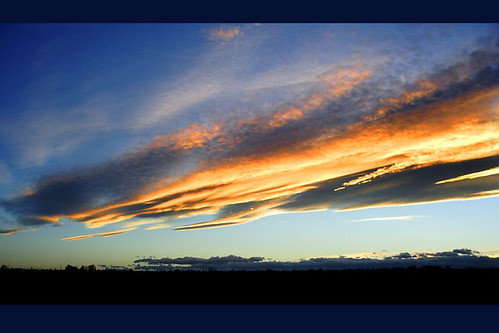
(image credit: Avi Abrams)
Future planned episodes include the super tornado outbreak of 1974 and the Dust Bowl during the Great Depression.
The dramatic documentary series starts Sunday, January 6, 2008, with an episode on the space shuttle Challenger. The series will air every Sunday night at 9 p.m. ET and 11 p.m. ET.
All video materials on this page are property of the Weather Channel, all rights reserved, used by permission.
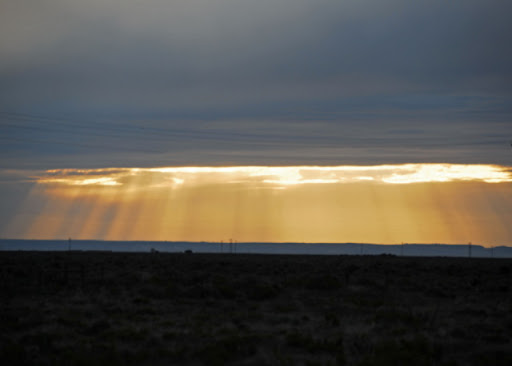
(image credit: Roy J. Hill)
Also read "Discovery Channel Exclusive":
"MAN VS. WILD"
Permanent Link...

Category: Nature,history
Related Posts:
Extreme & Beautiful Weather, Spectacular Lightning Strikes
Dark Roasted Blend's Photography Gear Picks:










0 comments:
Post a Comment